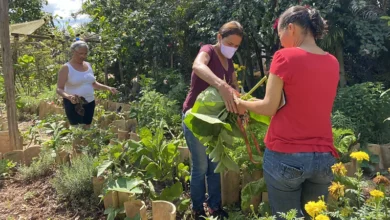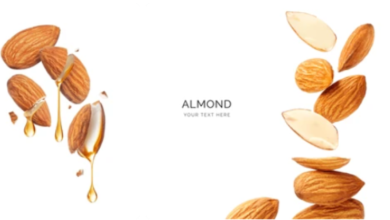How beer sludge is being turned into vegan milk and leather
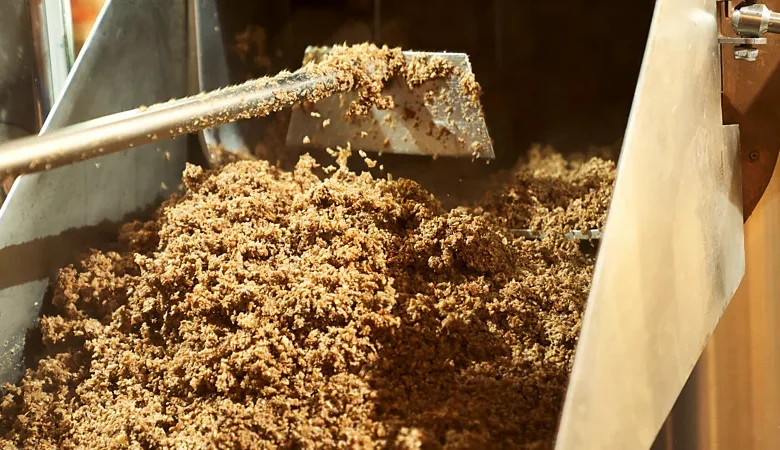
Scientists and industry are finding unusual new uses for brewers’ spent grain – the beer industry’s largest waste product.
Ponder the idea of a beer well-brewed and enthusiastic drinkers at least are likely to imagine a pint glass filled to the brim with golden nectar.
What they probably won’t picture is the mountains of wet sticky shavings that pile up as the largest waste material of brewing beer.
This is what’s known as brewers’ spent grain, and there is an awful lot of it. Around 200g (7oz) is produced for every litre of beer brewed. Globally some 37 million tonnes is produced each year – equivalent to the weight of around 340 double-decker buses per hour. And as we drink more beer – sales are expected to rise by a third in the next seven years – only more and more will be churned out.
Huge brewers have even created their own vegan barley milk spin-offs made from spent grain
Most brewers’ spent grain, around 70% of it, is currently repurposed as cattle feed, while 10% is used to make biogas. Around a fifth is simply sent straight to landfill – at an additional cost to breweries – where it rots and releases methane into the atmosphere.
But inside this beer by-product there are a mountain of useful chemicals to tap, including lots of protein. Researchers and companies are now beginning to explore how these could be put to better use.
Swiss start-up Upgrain is one of these. In 2024, it launched a processing system to turn brewers’ spent grain into protein and fibre, passed as fit for human consumption by the Food and Drug Administration in the US and the European Food Safety Authority (brewers’ spent grain is, after all, still just grain). The system comes ready for installation on brewery premises: shipping container-sized for micro-breweries and a much larger unit for the likes of Brauerei Locher, Switzerland’s second biggest brewer, which opened in September 2024 and is now building Europe’s largest onsite facility.
William Beiskjaer, Upgrain’s co-founder, argues brewers spent grain is a “kind of hidden treasure in terms of sustainable and healthy nutrition”. He says it could help to tackle rising global demand for protein. “There’s more and more demand for our foods to be enhanced, especially to get more protein and fibre in our diets,” he says.
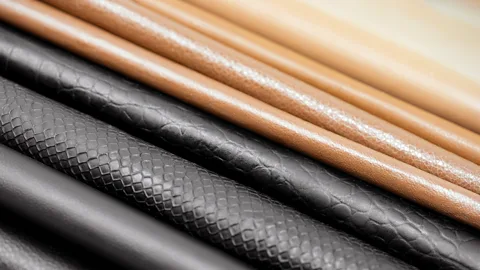
Upgrain and other producers such as Agrain in Denmark and BiaSol in Ireland are already selling brewers’ spent grain protein and fibre extract to food manufacturers for inclusion in baked goods, pizzas, granola and even crisps. It’s also being used in plant-based meat alternatives, such as those launched last year by the Swiss supermarket chain Migros, and in a coffee created by Singapore-based company Prefer.
Hype Metre
Brewers’ spent grain is a rich source of nutrients which is arguably wasted as cattle feed and produces methane when it ends up in landfill. A host of start-ups are now using it to make everything from vegan barley milk and leather to baked goods, crisps and even coffee; it even has potential to be used in areas like construction, cosmetics and paper.
Not all these products are yet past the early stages of development, and products could struggle to see widespread consumer acceptance. Brewers’ spent grain also uses lots of energy to process and spoils fast. Scientists and developers are already working to overcome these issues, however.
Huge brewers such as the Belgium-based Anheuser-Busch InBev and Chicago-based Molson Coors have even created their own vegan barley milk spin-offs made from spent grain. Molson Coors claims its Golden Wing product has a “rich and creamy taste” and 25% less sugar than most oat milks.
“This is an exciting new idea,” says Beiskjaer. “If you’d have said to me four years ago that brewers’ spent grain would be a [human] food source, I’d have asked what you were talking about. But we’re on the way to seeing upcycled BSG as a staple in the food industry.”
Beiskjaer says he can see why some people may be squeamish about the notion of “upcycled food”. “But we have to get across the idea that brewers’ spent grain is not a waste product,” he says. “It’s being saved from being a waste product.”
Making use of this waste product to make plant-based protein could in theory also free up the small amounts of arable farmland used to grow wheat, soy and pea for human protein – or, if it replaced meat, a far larger amount of land. Äio, a biotech start-up based in Tallin, Estonia is using brewers’ spent grain and other food and agricultural waste products to develop an alternative to palm oil, a major driver of deforestation in Indonesia and other countries. To do this Äio grows fatty acid-making microorganisms and applies these to a fermentation process not dissimilar to that used in brewing beer.
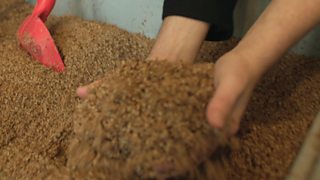
There are some caveats to using brewers’ spent grain in food, however. Since it is loaded with moisture and so spoils quickly, using it close to where it is produced is essential. This is one reason why a good proportion ends up in landfill: there’s not enough demand from local farmers to meet supply. That dampness risks mould and microbial infection. In fact, says Beiskjaer, “it becomes the perfect environment for bacteria unless it’s quickly preserved”. Techniques for making preservation easier are now being explored.
But nutrition isn’t the only area where spent grain could make an impact.
Brett Cotten concedes that early efforts by his young London-based company, Arda Biomaterials, to create leather-alternatives from brewers’ spent grain resulted in something more akin to a flapjack.
But the start-up has since successfully used supramolecular chemistry to make several proteins from brewers’ spent grain that mimic the animal proteins in leather, resulting in a strong and supple alternative. The colour reflects the spent grain used, he says. “Guinness and stouts make for a naturally black material, IPAs and lagers more mid-browns.”
Cotten argues that to date many leather alternatives have either not been as environmentally sound as promised or are not scalable enough to replace animal leather. In contrast, he says, Arda’s first test material was made in a home lab using standard kitchen equipment, using the abundant feedstock that is brewers’ spent grain.
So far staff at the company and a local brewery have wear-trialled this new material with bags and cardholders. Current production is at lab scale, but a pilot facility set to open in London in 2025 will allow it to produce up to 1,500 sq m (16,000 sq ft) a year, the company says.
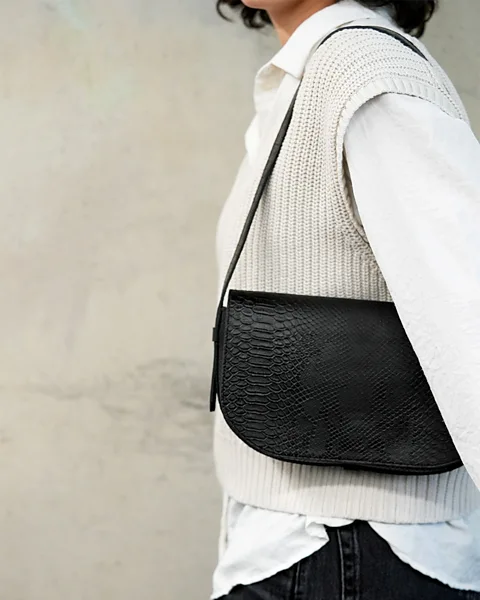
Arda’s own estimates suggest that, were a facility tied to a single major brewing plant – the likes of one run by Heineken or InBev – all of the spent grain being produced by the plant could make for 5-10 million sq m (54,000-108 sq ft) of its mid-range faux-leather, suitable for use in fashion and the automotive upholstery industries. Tied to, say, three major brewing facilities, it could undercut the cost of both real and plastics-based synthetic leathers, it argues. Cotten estimates that just 10% of global brewers’ spent grain output would satisfy the global demand for leather.




